Have You Seen Us? at Long Wharf Theatre November 24-December 20
Have You Seen Us? is what one may call an "incident play," a story driven by a singular event. As its protagonist Henry Parsons (Sam Waterston) frames it in his prologue to this one hour-and-twenty minute meditation on racism, displacement, and addiction, sometimes it takes the nudging of one domino in the supposedly well-designed life to bring the rest falling down. The chaos of strewn dominoes that follows in the wake of that crash is Henry's story; the pattern that emerges from what has been tipped over is all playwright Athol Fugard's.
Performed without intermission, Have You Seen Us? tells a seemingly straightforward story. Bookended by Henry's direct address to the audience, the chain of events is simple enough. Our protagonist is an expatriate South African professor of Old English living in his fifteenth year in the United States. The event he recollects from two years earlier is actually a pair of closely linked moments that, he asserts, would change his life. The setting for both is a sandwich shop in a Los Angeles mall run by Adela (Liza Colón-Zayas), a Mexican immigrant of unclear status. Serving as prelude to the second, main event, the first finds Henry exiting the shop after a verbal knockout punch rendered by the store's proprietress in—as Henry sees it—their regular contest of mutual insults.
The blow delivered is her spot-on tagging of him as un borracho perdido, "a hopeless drunk." This precipitates an anti-Semitic outburst outside the shop directed by Henry towards an elderly Jewish couple that had responded to his "Happy Christmas" greeting with a "Thank you, sir, but we're Jewish." What follows in the sandwich shop a month later is a delicate dance of anger, shame, confession, and repentance as the full quartet—South African expat, Mexican store-owner, and Jewish-European couple—come together to make Fugard's portrait of guilt and absolution come alive.
Bringing to bear the full weight of the role's studied South African accent, Sam Waterston’s muscular portrayal of Henry carries much of the show's weight. This is hardly a surprise since the third-person limited narrative suggested by prologue and epilogue makes this story first and foremost Henry's. In the actor talk back that followed the December 8 performance, Waterston admitted that to help him master the accent, Fugard recorded Henry's part, although there is no question that Waterston invests the role with his own distinct interpretation. Henry is, at times, gruff and combative; at others, defensive and plaintive. The overall effect works wonderfully well. In a role that could have tipped into melodrama, Waterston manages to keep the lid on. True, Henry is intemperate and aggressive—hardly unusual for an alcoholic who struggles to stay on the wagon but appears to fall off with an implied regularity—but he is not given to histrionics. It is certainly not what Fugard would have intended, and any such presentation would have been deadly for a play that depends heavily on the relative bathos—yes, bathos—of the climactic event, which amounts mainly to the calling out of an ethnic slur.
At the heart of Have You Seen Us? is its title, which is as these things should be. It refers to the missing persons postcard Henry uses as a bookmark and tries to make light of in his hostile banter with Adela. However, Liza Colón-Zayas' understated Adela will have none of it, humanizing for Henry those who have gone missing, substituting story for stereotype, stopping cold Henry's largely guilt-driven efforts at a type of humor marked—and marred—by contempt. Have You Seen Us? is fundamentally about, if you will, "clothing" the stranger in human garb, no small matter in a play where all of the characters are not only of foreign origin, but have arrived for different reasons. The elderly Jewish couple, Solly (Sol Frieder) and Rachel (Elaine Kussack), are suggested to be Jews who had escaped a war-torn Europe; Henry is an evictee of an apartheid-free South Africa that is no longer familiar to him; Adela is no more—and no less—than a recent arrival looking for work but not trouble. All are displaced persons struggling to bridge the gap of language and attitude: Henry is perturbed by Adela's Spanish and often insists on translations of it; Adela is flabbergasted by Henry's ignorance of Mexican soldaderas (women "soldiers" during the 1910 Mexican Revolution) and continually castigates him as a gringo, a jarring appellation considering how un-Yankee-like Henry really is; Solly is completely befuddled that he can't get a bowl of chicken soup from Adela and equally mystified why she would propose chili as a substitute.
The only link that bridges this chasm is music. Granted Have You Seen Us? is no musical, but music is its language: Henry is enamored with Adela's voice and repeatedly importunes her to sing for him in her native Spanish; to an amused Adela, he eagerly belts out a rugby club "fight song" in Afrikaans; and finally, Solly's soft croon to Rachel and, at Henry's request, to us offers in Yiddish a lost world's insight into matters religious. Solly's song—the last of these—is also the most pointed since only when he sings will the semi-catatonic Rachel eat. As Fugard is at pains to point out, music is, indeed, life, for without it we starve and die.
It is Solly, poignantly played by Sol Frieder—from slightly stiffened walk to painfully hushed tone—who offers absolution to Henry, who wrestles with the guilt of the simple sin we all harbor but dare not speak: prejudice, hard and cold, without mercy or thought. When Henry bends knee to Solly and begins his confession, it is the latter's simple response, "Speak, I will listen," that more than anything drives away this darkness that shadows our better selves. Is there hope in actually being heard? Is there anyone indeed who will listen? It is all, Fugard suggests, we can ask for. And yet, when someone does make that offer and it is accepted—speak, I will listen—a world can change. For me, this production spoke: I have, indeed, seen it, and, yes, I did listen.

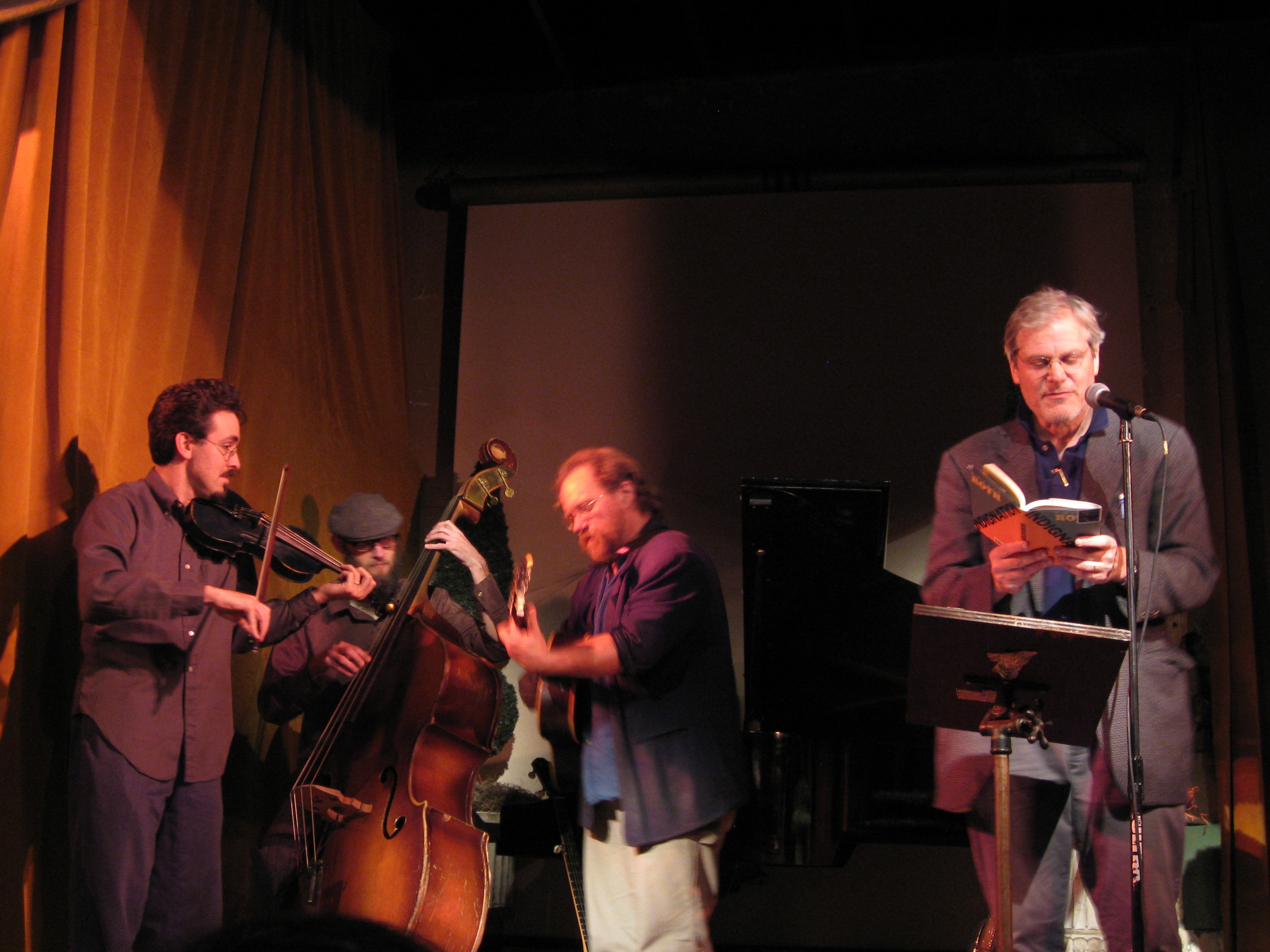
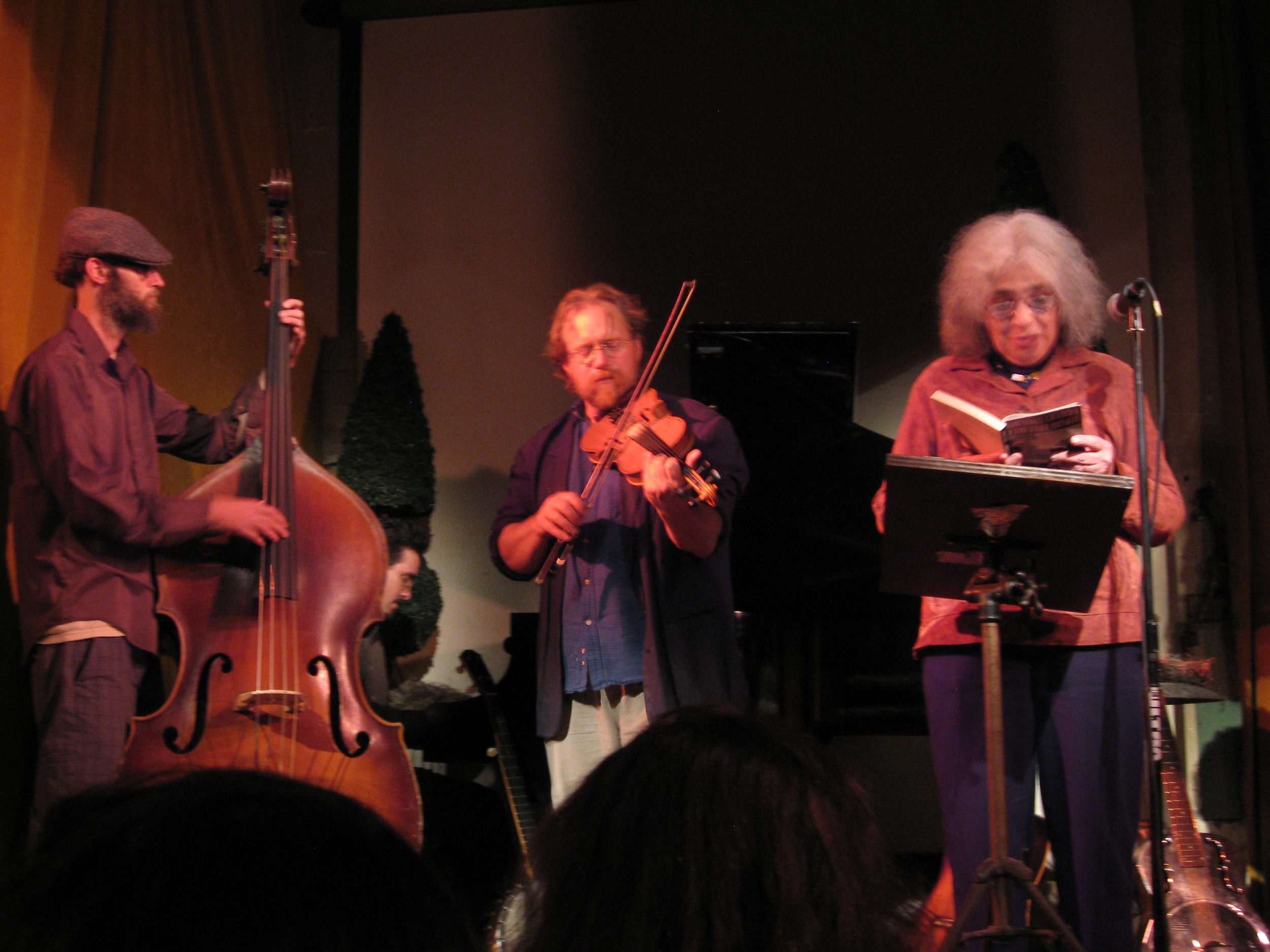
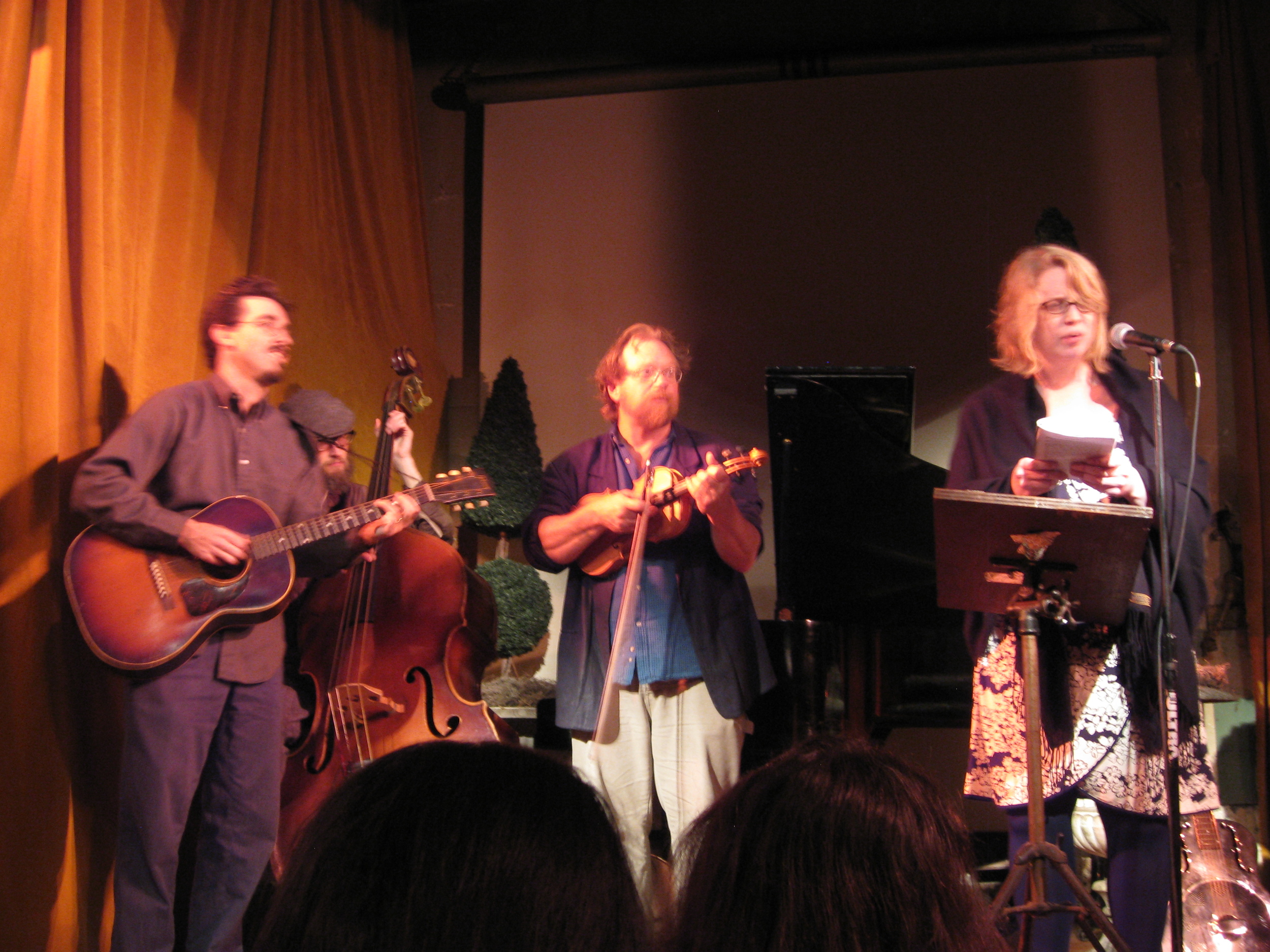
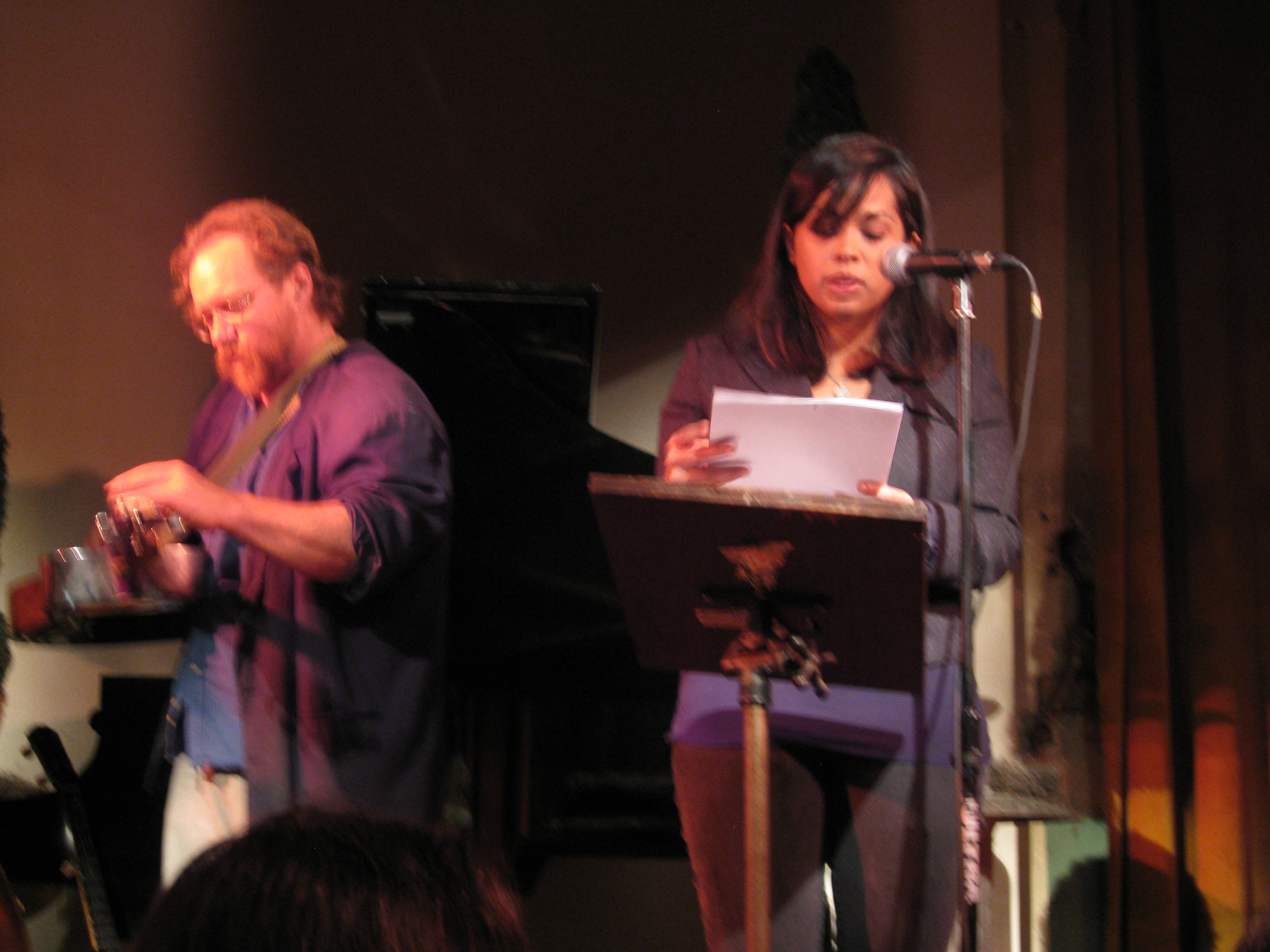
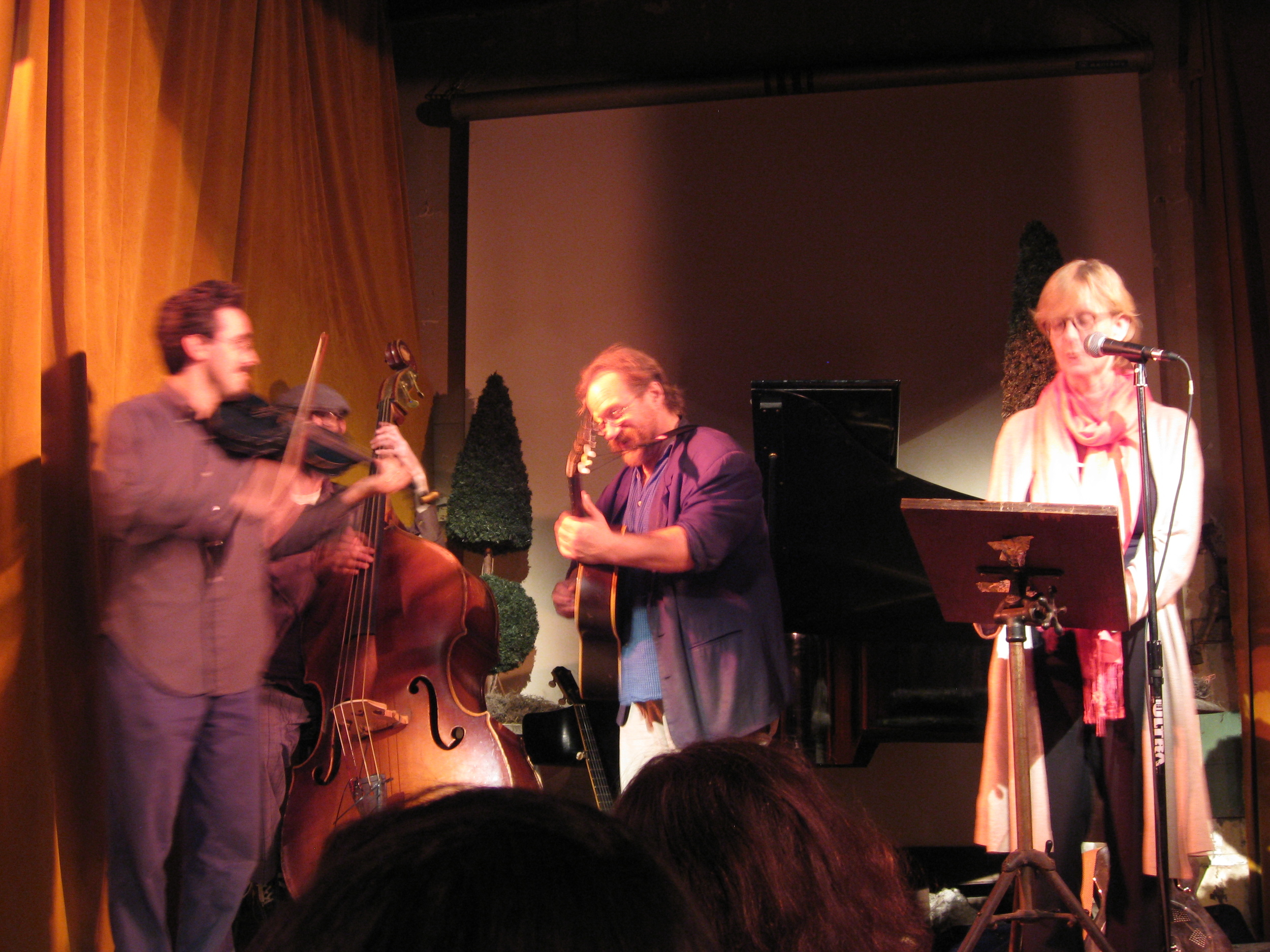
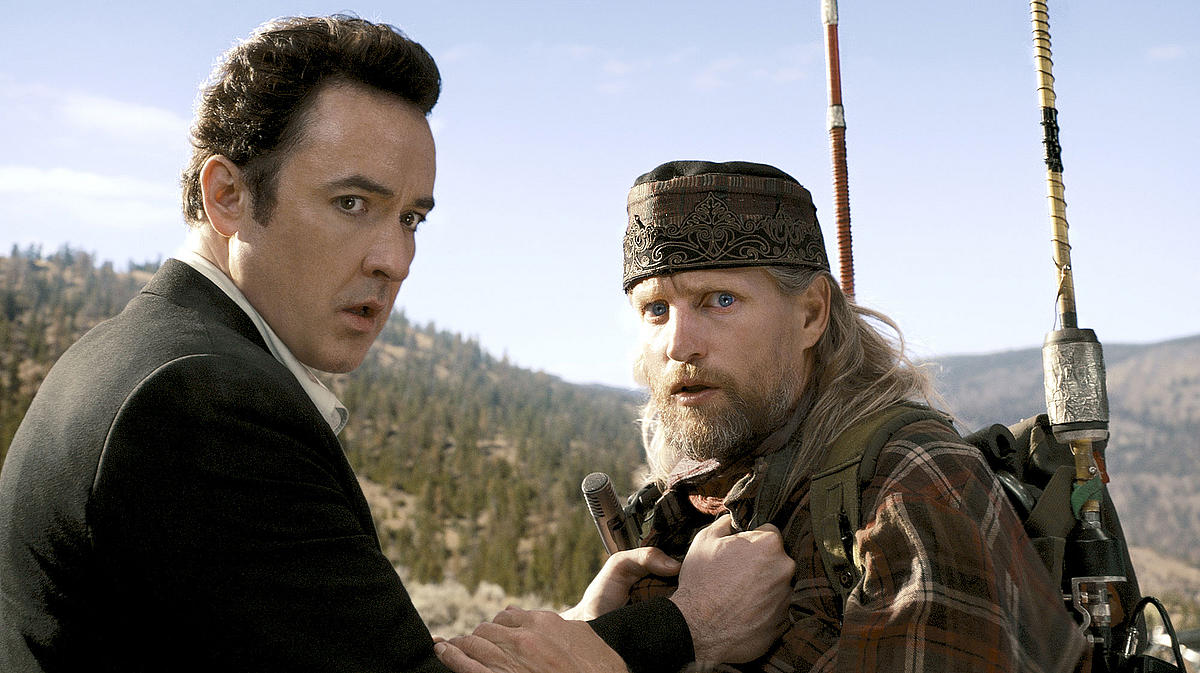
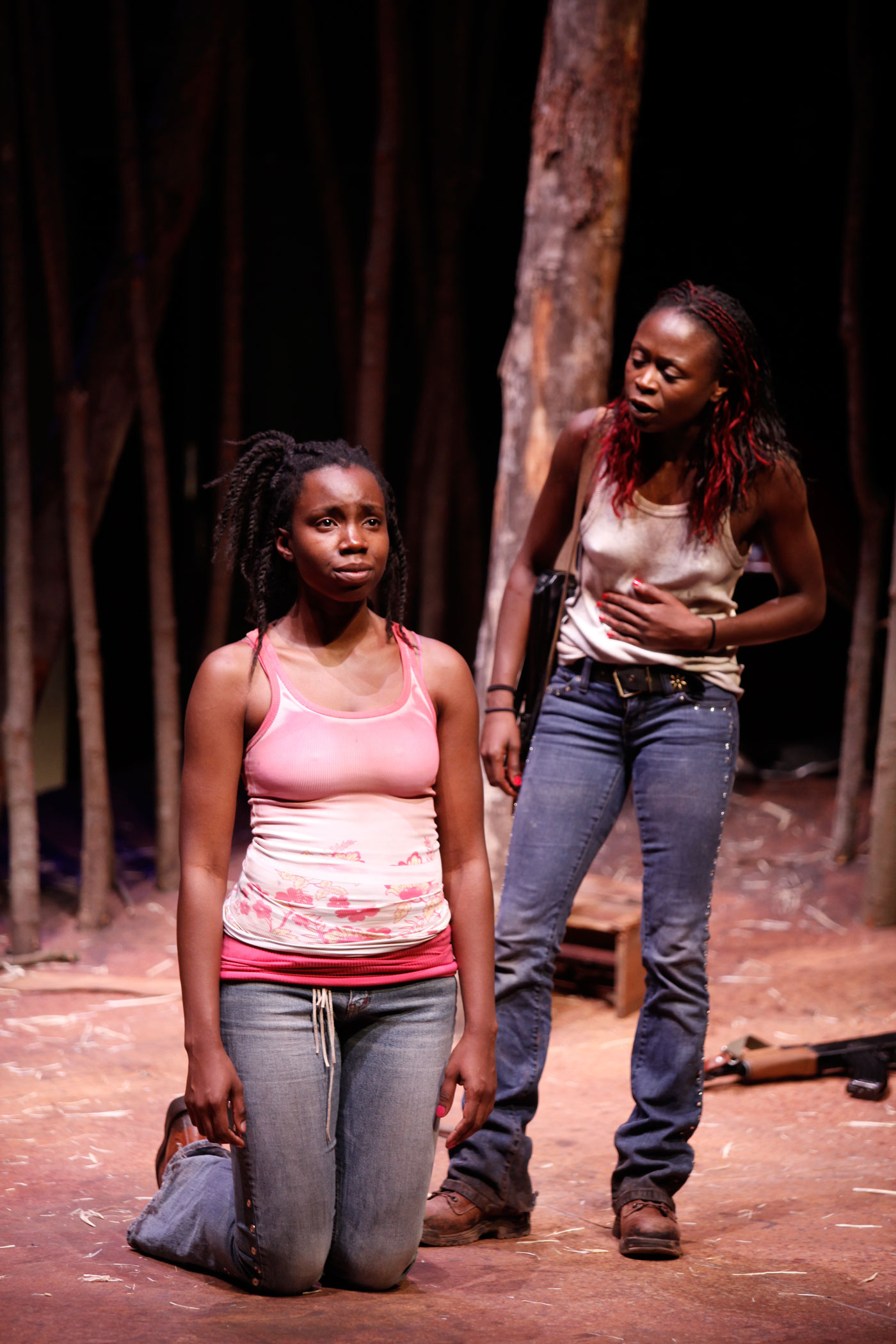 OBIE Award winner Danai Gurira’s Eclipsed, playing through Nov. 14 at the Yale Rep, is set in the camp of a rebel Liberian warlord in 2003. There we meet three women: two are his ‘wives,’ which means: forced into service, sexual and otherwise, for the man they call the C.O. The third woman, younger, has just arrived, and soon becomes #4 (the women refer to each other by number). The absent wife, #2, we learn, has joined the rebel forces as a soldier.
OBIE Award winner Danai Gurira’s Eclipsed, playing through Nov. 14 at the Yale Rep, is set in the camp of a rebel Liberian warlord in 2003. There we meet three women: two are his ‘wives,’ which means: forced into service, sexual and otherwise, for the man they call the C.O. The third woman, younger, has just arrived, and soon becomes #4 (the women refer to each other by number). The absent wife, #2, we learn, has joined the rebel forces as a soldier.